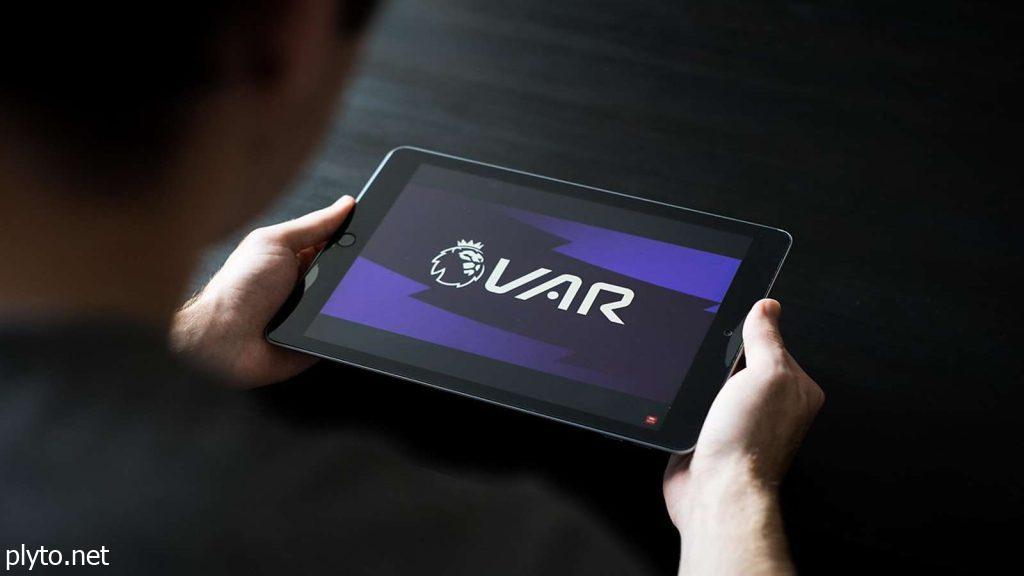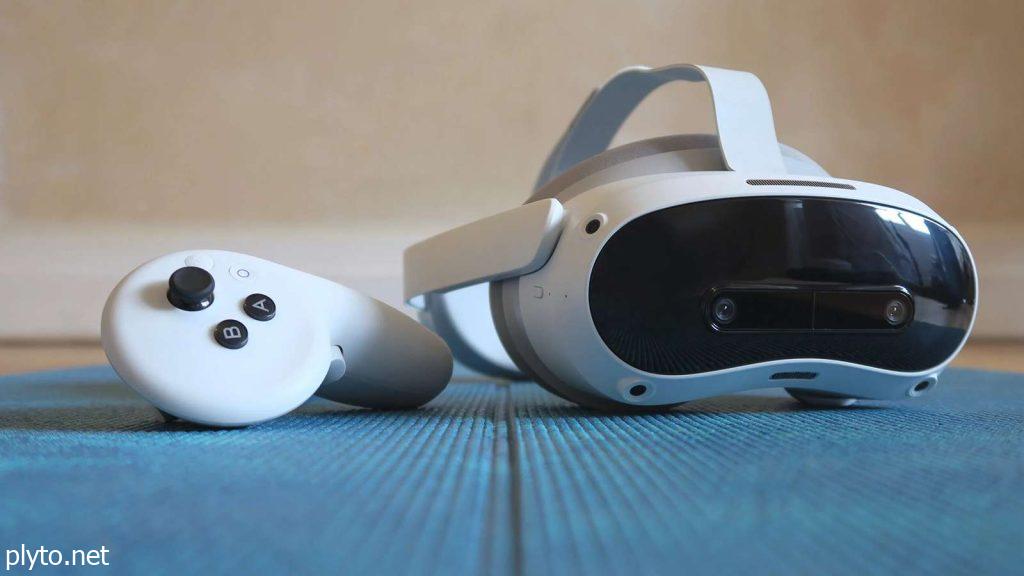Introduction
In today’s sports landscape, wearable tech in performance tracking has transcended simple statistics and is transforming into a multidimensional process. This integration, especially when combined with video analysis, allows coaches and athletes to gain a comprehensive view of physical and tactical insights. Wearable tech in performance tracking enables a holistic approach that is reshaping strategic decision-making, improving individual and team performance, and creating new standards for athletic development. With companies like Catapult leading the charge, wearable tech in performance tracking is becoming an indispensable tool in modern sports.


Wearable Tech Meets Video Analysis
The synergy between wearable tech in performance tracking and video analysis represents a significant breakthrough in sports performance tracking. Traditionally, wearables tracked metrics such as heart rate, speed, and movement, offering valuable physiological data. However, video analysis provides the much-needed contextual layer by recording real-time player actions, positioning, and tactics. Integrating wearable tech in performance tracking with video analysis enables coaches to correlate physical data with visual metrics, giving them a 360-degree view of each athlete’s performance in real-time.
By combining data points from wearable tech in performance tracking and visual insights from video analysis, coaches can now understand not only an athlete’s physical status but also their tactical decisions, positioning, and reactions. This advancement is particularly impactful in high-stakes sports like football, soccer, and basketball, where quick decision-making can be the difference between victory and defeat.
Industry Leaders: The Role of Catapult
One of the most prominent players in wearable tech in performance tracking is Catapult Sports, a company that has been at the forefront of wearable tech. Catapult’s devices, such as the Catapult Vector, capture extensive data on player workload, heart rate, movement, and overall exertion. The data gathered provides insight into not only physical output but also the potential risks of fatigue or injury. When integrated with Catapult’s video analysis tools, this data can offer a comprehensive picture of an athlete’s in-game decisions and movements.
Beyond Catapult, other tech giants like STATSports and Zebra Technologies also contribute to wearable tech in performance tracking by offering specialized wearables and video-integrated analytics solutions. Each company focuses on providing a unique combination of performance data, creating a competitive environment that pushes the boundaries of what wearable tech in performance tracking can offer to coaches and athletes.
Data-Driven Insights: Beyond Basic Metrics
Wearable tech in performance tracking captures various data points, including speed, distance, acceleration, heart rate, and player load. This information is invaluable in determining how hard a player is working and how their physical status changes throughout a game or training session. However, when this data is cross-referenced with video analysis, it unveils new layers of information, such as positioning accuracy, tactical decisions, and interaction with teammates and opponents.
For example, in soccer, a player’s sprinting speed may not tell the whole story unless coaches can simultaneously analyze positioning during critical game moments. By overlaying wearable tech in performance tracking data on video footage, coaches can assess the effectiveness of a player’s movements in the context of their positioning and interactions on the field. This combination allows for a more in-depth evaluation of both individual performance and team dynamics.


Benefits of a 360-Degree Player Evaluation
With the integration of wearable tech in performance tracking and video, coaches gain a broader perspective that helps them make informed decisions regarding player health, performance, and training needs. Some of the most notable benefits include:
- Injury Prevention: Data from wearable tech in performance tracking provides critical insights into player load and fatigue levels, helping to predict and prevent injuries by adjusting workloads based on real-time data.
- Enhanced Performance Optimization: Combining physical metrics with video analysis allows for individualized training plans that address each athlete’s specific needs, from speed work to tactical adjustments.
- Better Strategic Decision-Making: By analyzing an athlete’s physiological data alongside their tactical execution through wearable tech in performance tracking, coaches can make informed decisions about in-game strategies, substitutions, and game plans.


Impact on Training and Strategic Adjustments
The implications of wearable tech in performance tracking extend beyond game day and into training and conditioning programs. This data-driven approach helps coaches and trainers make targeted adjustments to enhance performance while also reducing the risk of injury.
For instance, in basketball, tracking metrics such as jump height, sprint speed, and heart rate variability informs coaches on player fatigue and exertion. When paired with video, coaches can analyze movement patterns to identify areas where technique can be improved, such as positioning on defense or timing in offensive plays. These data insights enable coaches to create customized training regimes that maximize player efficiency while reducing unnecessary physical strain.
Future of Wearable Tech in Sports
Looking ahead, the future of wearable tech in performance tracking promises even more innovations, with AI and predictive analytics playing an increasingly central role. Wearables are expected to become smaller, more precise, and integrated seamlessly into athlete apparel. Additionally, AI-driven analysis will enable wearable tech in performance tracking devices to interpret data on the fly, offering real-time recommendations to coaches and athletes alike.
Another emerging trend is the potential for deeper integration with virtual reality (VR) and augmented reality (AR) systems, providing a more immersive experience in training scenarios. Imagine a future where athletes can review their performance in 3D, seeing their movement and data visualized in a VR environment that allows them to identify improvements firsthand.


Conclusion
The convergence of wearable tech in performance tracking with video analysis marks a revolutionary leap forward in sports performance tracking. By providing a comprehensive view of both physical metrics and tactical execution, this integration offers coaches and athletes the opportunity to make data-driven decisions that elevate performance and enhance strategic insights. With leaders like Catapult spearheading these advancements, the potential of wearable tech in performance tracking in sports is boundless, promising a future where data and video come together to redefine what’s possible in athletic performance.
Wearable tech in performance tracking is more than just a trend; it’s a powerful tool that is changing the way sports are played, trained, and understood. As this field continues to evolve, we can expect wearable tech in performance tracking to become an integral part of every athlete’s journey, bridging the gap between physical capability and tactical mastery.

















